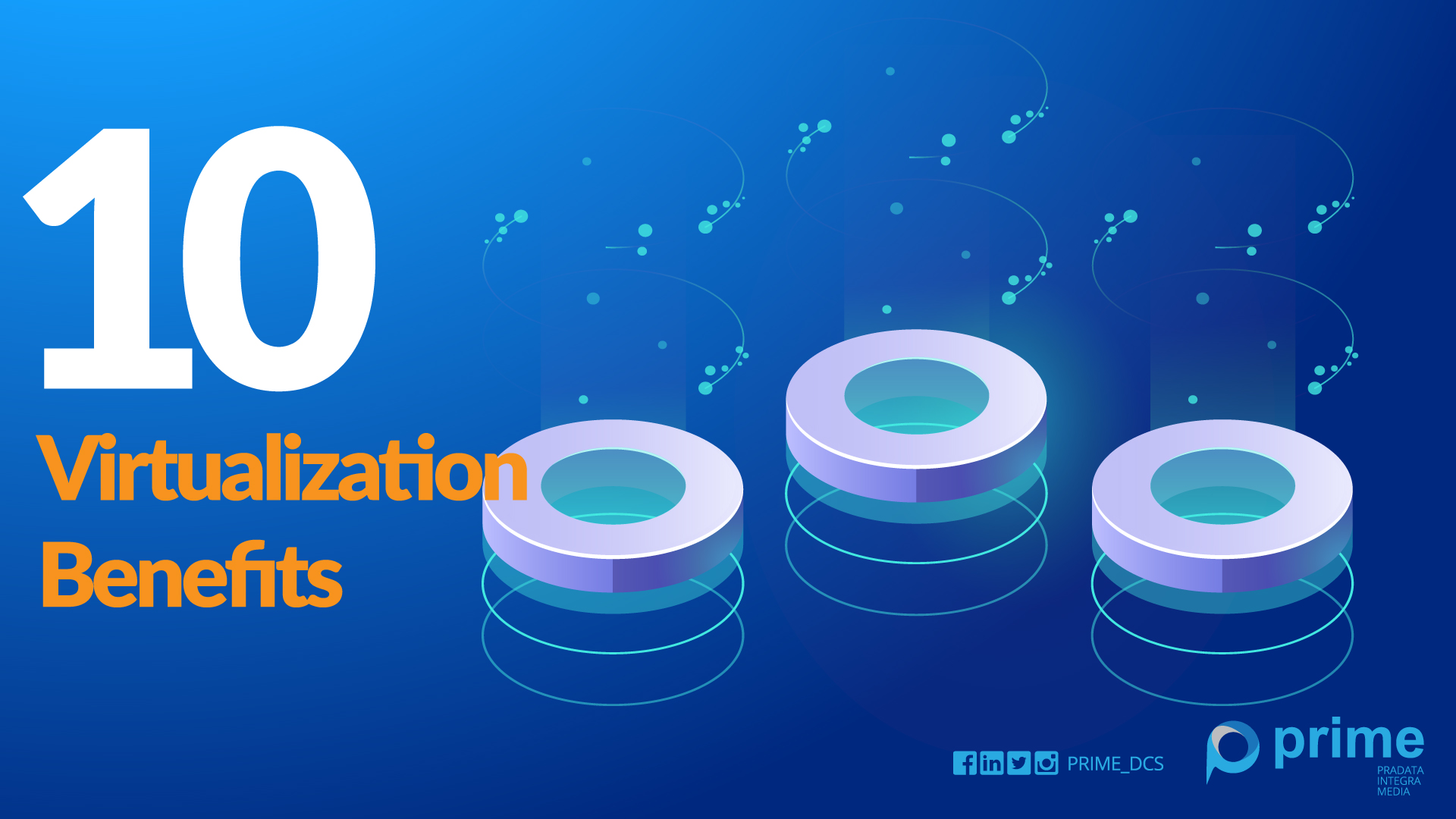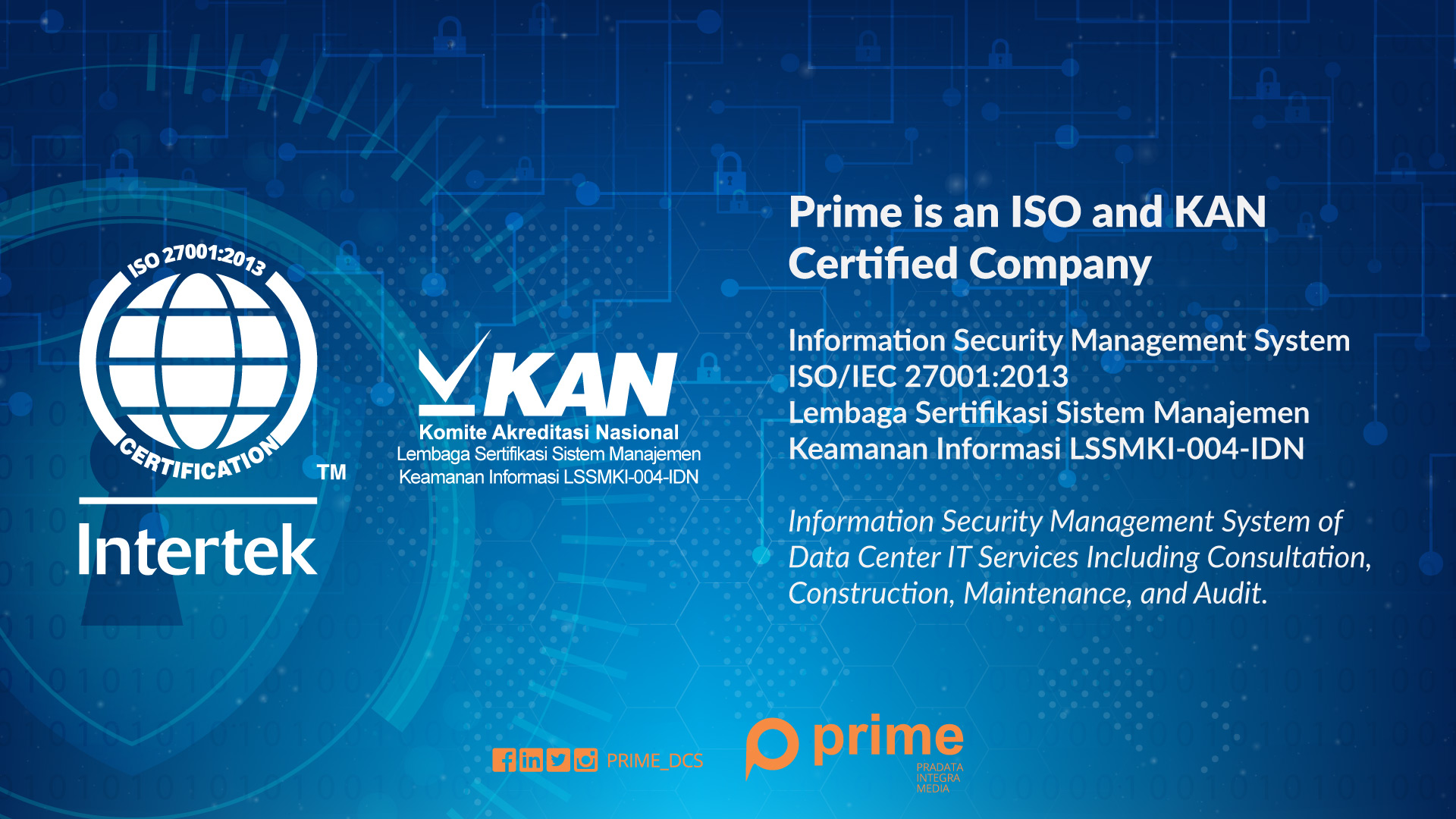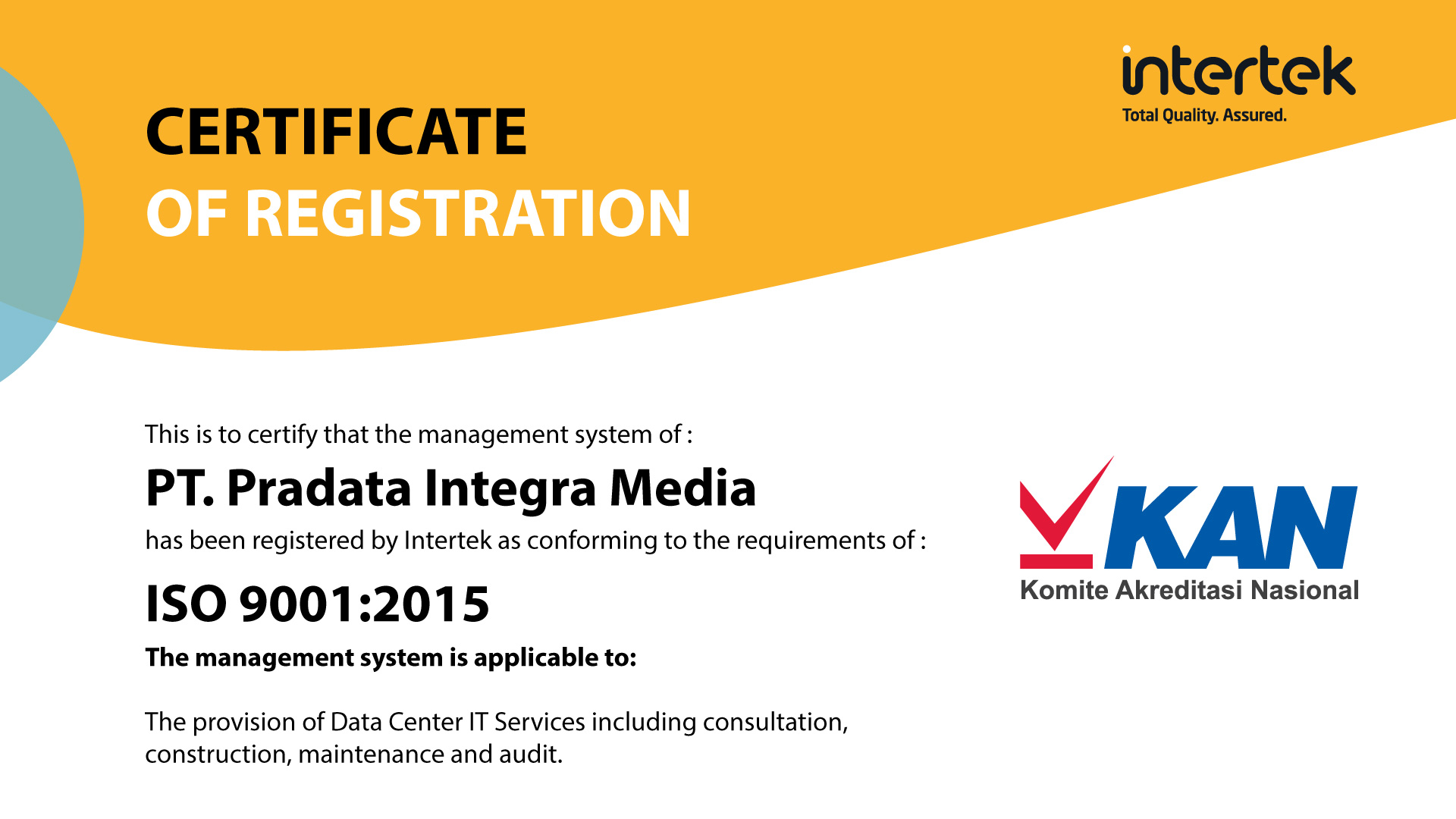 November 1, 2018 10:40 am |
November 1, 2018 10:40 am |
Building an IT infrastructure as a well-planned system is an important step in the process of running a company. With an IT infrastructure solution that works optimally the company can reduce costs and can even help increase the productivity of the business. Further discussion regarding the benefits of IT Infrastructure has been explained in the previous article (read: IT Infrastructure as the Heart of the Company). Along with the growth of a company, the need for technology will also expand and this is where the role of IT will be more complex and crucial. Companies that initially only need simple technology are now beginning to develop into very marsupial with modern technology.
This can be seen from the following facts which state that there is an increase in interest in using IT in various aspects of life. The fact in India, according to the India Brand Equity Foundation stated that the contribution of the IT sector to India’s GDP increased to around 9.5 percent in the 2015 Financial Year from 1.2 percent in the 1998 Financial Year. So as Indonesia, the Minister of Communication and Information (Menkominfo) Mr. Rudiantara said that Indonesia was the biggest market in ASEAN. In fact, the ICT sector contributes to Indonesia’s 2nd Gross Domestic Product (GDP) after the banking and financial sectors. In another part, Mr. Rudiantara also said that the impact of the ICT industry will be even greater as the use of ICT grows in every sector of people’s lives, especially e-commerce. He also said that Indonesia is the country with the largest digital economy potential in the world.
The facts above reveal that at this time the IT sector has shifted from being a tertiary need that is only used for certain groups to be a basic need that is needed by almost all levels of society and this is a proof that the IT sector has the potential to occupy the global market. For this reason, in order to support business operations in the future, companies need to plan early to invest in keeping up with the latest technological developments that are superior to be able to compete in this Big Data Era. Therefore, we summarize what criteria must be fulfilled by IT infrastructure in order to make it a reliable IT infrastructure:
1. Zero Latency
Latency is a common obstacle in communication between networks. Latency can simply be interpreted as the time needed to move data from one place to another. Each device can have different latency depending on the level of network quality it has. There are two types of latency, namely:
- Low Latency Network
This is a network connection where there is a short delay/obstacle that is insignificant and is considered not to interfere with operational activities.
- High Latency Network
This is a network connection that experiences delays/disturbances that have a relatively long duration and can significantly interfere with operational activities.
So what will happen if there is latency? The latency can cause a decrease in network usage optimally and disruption of the communication process. Some things that can cause latency are network switches or routers that are problematic or inappropriate. This can be bad for the device because it can make the device not work optimally or even damaged. To prevent latency from occurring, companies can provide larger servers with high capacity ports to minimize the occurrence of eruptions. In addition, the selection of competent experts and mature IT infrastructure planning is the main way to avoid latency.
2. Optimal WAN network
WAN (Wide Area Network) is often interpreted as a computer network that has a very wide and integrated area. WAN is often used to communicate between local networks as well as networks between regions, cities or even between countries. To be able to have an ideal IT infrastructure, the company must have a WAN that functions optimally. Because by having an optimal WAN, the company can guarantee the continuity of their business operations free from the obstacles that make the performance of their main devices decrease and ensure that all of their main device needs are met. Some technologies that use WAN are as follows:
- Traffic Shaping
Traffic Shaping is priority traffic and bandwidth allocation done to support a particular device that is considered as a priority by the company.
- Data Deduplication
This function is used to eliminate excessive data and prevent the addition of duplicated data content.
- Data Compression
Data Compression serves to minimize data size so that it suppresses excessive use of bandwidth therefore bandwidth can be used more optimally.
- Data Storage
Data Storage used to group and store data frequently used specifically on local servers, so users can access it more quickly and practically.
3. Zero Downtime
Downtime is a system failure that is very difficult to predict when it will occur. All that can be done by the company is to minimize the frequency of downtime on the devices that are owned. The lower the frequency of downtime, the better the quality of their IT system. Often downtime occurs as a result of improper installation of the device which causes the device to fail in processing the command that was executed. As a result, more frequent downtime can result in losses for the company because this can interfere with the company’s operational activities.Therefore, it is important for the company to implement the latest modern infrastructure that is matched with the equipment that is owned and maintains it by periodically updating. Any downtime in the telecommunications network can prove very disturbing for the company and customers. Only companies that are experienced with MPLS, Metro Ethernet, Core and Edge networks will be able to help overcome the feared downtime.
4. High Capacity Storage
Another important requirement for companies that want to have the ideal IT infrastructure is to have a high capacity storage system that can deliver superior performance but remains stable and supported with flexible and reliable devices. A high-performance storage system must be owned by companies to meet the requirements for competing in the Big Data era (also read the article on BIG DATA ERA). The current storage technology used includes the following:
- Disk Storage Systems: Enterprise SAN and NAS
- Disk Backup System: Virtual Library System, D2D backup, Removable Disk
- Drive Bands and Blades: LTO, Simple DAT and a Fully Automatic Tape Library.
- Back-Up and Archiving Solution
- Virtualized Storage Solutions and Unifies Storage Solutions
- Disaster Recovery and Business Continuity Solutions
5. Virtualization
Server virtualization is a technology that assists companies in planning their own IT systems by providing an overview/simulation related to hardware, networks, security systems, and other technologies. Actually, this technology has long been used by companies engaged in technology. But for some companies in other fields it is still very unfamiliar with virtual technology. In the field of IT virtualization is commonly used to find out the potential of an IT system that will be improved in the future. Because virtualization is considered to provide an overview and clear scalability of the devices that are owned. In addition, virtualization has other benefits as follows:
- Energy Saving
Virtualization can save a lot of energy. Because companies can easily run simulations through virtualization without the need to directly test the devices to be added/modified.
- Faster Server Provision
With server virtualization, the administrator is enabled to provide system provisioning and deployment in a shorter, faster and more accurate time.
- Increase Uptime
Virtual servers offer several advanced features that are not available on physical servers. This causes an increase in operational time and business continuity.
- Improved Disaster Recovery
Virtualization provides an illustration/illustration of the condition of the hardware, replication can be done easily and failover when a disaster strikes.
6. Security
Security is the last criterion as well as one of the most important in having the ideal IT infrastructure. The main role of a security system is to move IT infrastructure from vulnerable status to optimized status. From the source whitecase.com stated that the 2015 Global Risks Report, published in January by the World Economic Forum (WEF), including a rather strong warning stated that 90 percent of companies around the world recognize that they are not sufficiently prepared to protect themselves from cyber-attacks. Here are areas where security plays an important role:
- Control Information Access
This allows access to information to be managed and defined in detail. This includes managing identities and network access controls. Simple access to important resources is only given when authentication is successful and can only be accessed by the parties concerned.
- Implementation of Standardization
It cannot be denied that implementing the ISO/IEC standard makes the system safer. Standard setting is also widely used to assist in formulating security policies, so that it is important for companies to implement business in line with international standards. One standard that is commonly used is ISO/IEC 27002. This is a rule issued by ISO and provides recommendations on best practices in information security management.
- Data Availability
Security plays an important role in ensuring that data is available for optimal posting. While device administration can be simplified with NAP, a well-designed security policy will determine the business sustainability process. BCM ( Business Continuity Management) can be integrated together with the implementation of information security standards.
Tags: big data era, build IT Infrastructure, high capacity storage, IT Infrastructure, key criteria, optimal WAN network, reliable IT Infrastructure, security, virtualization, zero downtime, zero latency














